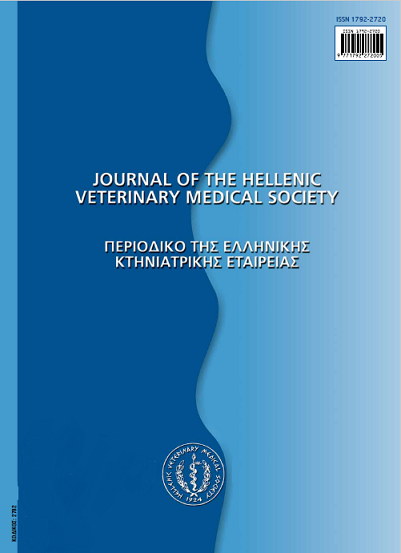Genetically modified food

Abstract
International consensus has been reached on the principles regarding evaluation of the food safety of genetically modified plants. The concept of substantial equivalence has been developed as part of a safety evaluation framework, based on the idea that existing foods can serve as a basis for comparing the properties of genetically modified foods with the appropriate counterpart. Substantial equivalence is a starting point in the safety evaluation, rather than an endpoint of the assessment. The development and validation of new profiling methods, such as DNA microarray technology, proteomics and metabonomics for the identification and characterization of unintended effects, which may occur as a result of the genetic modification, is recommended. The assessment of the allergenicity of newly inserted proteins and of marker genes is discussed. Also, the post-marketing surveillance of the foods derived from genetically modified crops is imperative.
Article Details
- How to Cite
-
PAPPAS (Φ. ΠΑΠΠΑΣ) F., & STEFANIDOU (Μ. ΣΤΕΦΑΝΙΔΟΥ) M. (2017). Genetically modified food. Journal of the Hellenic Veterinary Medical Society, 57(3), 231–246. https://doi.org/10.12681/jhvms.15047
- Issue
- Vol. 57 No. 3 (2006)
- Section
- Special Article
Authors who publish with this journal agree to the following terms:
· Authors retain copyright and grant the journal right of first publication with the work simultaneously licensed under a Creative Commons Attribution Non-Commercial License that allows others to share the work with an acknowledgement of the work's authorship and initial publication in this journal.
· Authors are able to enter into separate, additional contractual arrangements for the non-exclusive distribution of the journal's published version of the work (e.g. post it to an institutional repository or publish it in a book), with an acknowledgement of its initial publication in this journal.
· Authors are permitted and encouraged to post their work online (preferably in institutional repositories or on their website) prior to and during the submission process, as it can lead to productive exchanges, as well as earlier and greater citation of published work.


